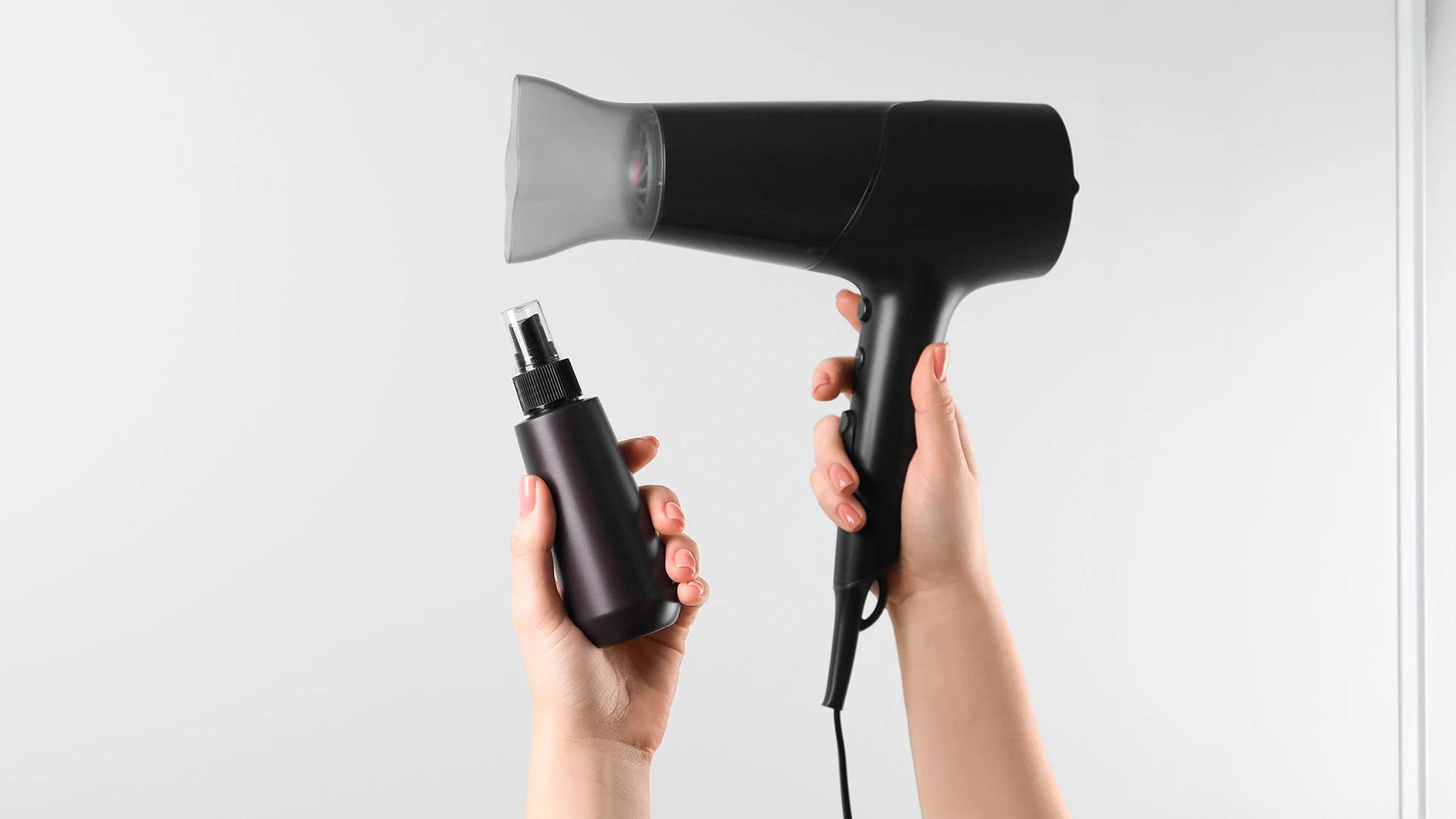**Finger styling** works brilliantly with textured cuts—just scrunch in some texturising spray and go. **Overnight styling hacks** include using small pin curls or braids to create waves while you sleep. **Accessorising short hair** with headbands, clips, or scarves adds instant style without any heat damage.
Essential Short Hair Products
The right products can make or break your short hair game. Unlike longer styles that can hide product mistakes, short hair shows everything—which means choosing the right formulations is crucial. The good news is that short hair typically needs less product overall, so investing in quality options that work for your specific hair type and desired style is totally worth it.
Styling Products
**Texturising sprays** add grit and hold without weighing hair down—perfect for creating that effortlessly cool, undone texture. **Pomades and waxes** provide stronger hold and shine control, ideal for sleek styles or defined pieces. **Volumising mousses** create lift and body, especially beneficial for fine hair that tends to fall flat.
Care Products
**Sulphate-free shampoos** are gentler on colour-treated hair and won't strip natural oils as aggressively. **Leave-in conditioners** provide moisture without weighing short hair down—look for lightweight formulas. **Heat protectants** are essential if you're using any hot tools, creating a barrier that prevents damage and maintains hair health.
Frequently Asked Questions
How often should I trim my short hair?
Generally, every 4-6 weeks to maintain shape and prevent split ends. Short cuts grow out more noticeably than longer styles, so regular maintenance keeps everything looking fresh and intentional.
Can I still style my hair if I get a pixie cut?
Absolutely! Pixie cuts can be styled in various ways using different products and techniques. From sleek and polished to tousled and textured, there are loads of options for every occasion.
Are short haircuts suitable for all face shapes?
While there's a short haircut for every face shape, some styles may be more flattering than others depending on your specific features. A good stylist can help you find the perfect cut that complements your unique face shape.
How can I add volume to my short fine hair?
Use volumising products, try gentle teasing techniques, and consider layered cuts to create the illusion of fuller hair. Blow-drying with a round brush while lifting at the roots also helps create natural volume.
Final Thoughts
Choosing the perfect short hair cut is all about understanding what works for your face shape, hair texture, and lifestyle. Whether you're drawn to the boldness of a pixie cut, the timeless appeal of a bob hairstyle, or the edgy sophistication of undercut styles, the key is finding a style that makes you feel confident and comfortable. Remember, the best short haircut is one that enhances your natural features while fitting seamlessly into your daily routine. Don't be afraid to experiment with different textures, lengths, and styling techniques—short hair is incredibly versatile and forgiving. With the right cut and proper maintenance, your short locks can be your ultimate style statement.

 1 Unit
1 Unit 1 unit
1 unit 1 unit
1 unit 1 Unit
1 Unit